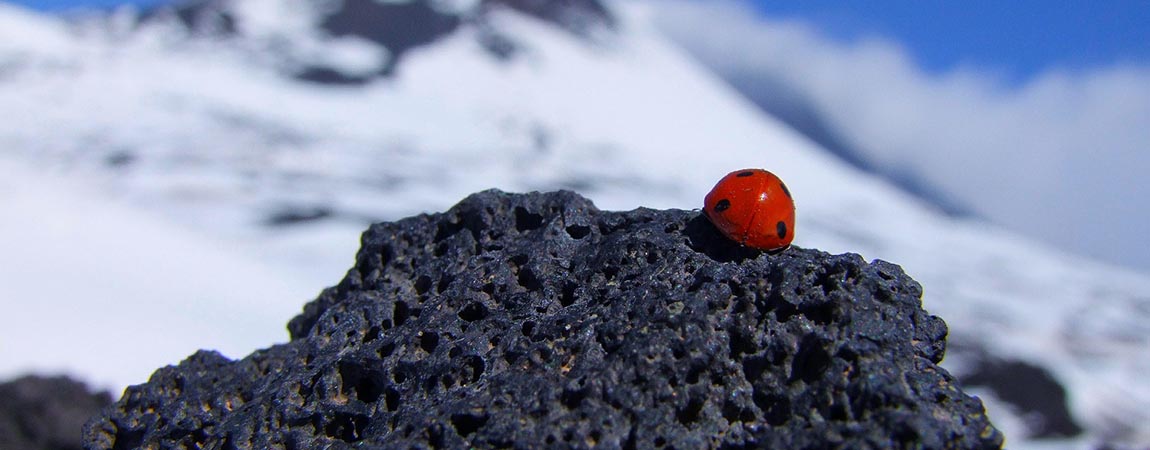
The lava stone, otherwise known as 'the gold of the Etna volcano, is the basaltic material that is obtained from the eruptions of the volcano and it is the same that will then cool and solidify because it is in contact with the air.
Once collected and processed, it will be transformed into a suitable and ideal material for the creation of various objects which are an important lever for local craftsmanship, both in terms of creations that can be sold on stalls such as bijoux, reproductions of small animals such as turtles and others souvenirs, but also for heavier objects such as floors, tiles, sinks, kitchen tops, and so on.
It is in fact a basaltic material with morphological characteristics suitable for the creation of solid and easily workable objects, some even prefer it to other basaltic materials. It generally appears black or other dark shades. The story between volcano Etna he city of Catania (but generally all of Sicily) has deep origins.
The first phase of lava stone processing
Before arriving at the finished object, there are various phases in the processing of lava stone, that is, first of all the moment of extraction.
The people who deal with this are said 'pirriaturi', these initially tended to extract the material only from the superficial layers because it was easier, using simple manual tools, but recently modern machinery has made it possible to reach deeper layers, where the lava takes on greater compactness and a lighter colour.
Another category of lava stone workers are the 'stonemasons', who deal with the finishing phase of the lava stone, therefore their function is absolutely necessary for an author's work!
Craftsmanship with lava stone
Once the blocks of lava worked in its initial stages are ready, we move on to the moment in which the craftsmanship of the Etna towns enters the scene such as Zafferana, Giarre, Nicolosi, Paternò, just to name a few Etna towns that have known draw from this product of the volcano a reason for the development of trade in a creative and innovative way.
On the other hand, that there is a special relationship between the Etna volcano and the city of Catania (with its province) is a fact, as demonstrated by the famous 'heart of Etna', that is, that particular geological conformation discovered in a of the quarries in the volcano area, which seems to mean a 'love message' of the volcano towards its Catania hinterland.
And with a prompt response of requited love, the city of Catania has taken on the famous fountain with the majestic elephant (in Catania u' Liotru) entirely made of lava stone and which represents, among other things, the past of this city which has experienced earthquakes, eruptions of the volcano with lava flows reaching the city, in particular during the episodes on the end of the seventeenth century, the period from which Catania then rose again with courage and desire for artistic beauty.
Lava stone was an important spring for the recovery of the local economy, in terms of tourism and craftsmanship, and therefore for trade and the economy.
For example, the work of the lava stone artisans is what has to do with his 'ceramicization', or rather the process through which it is worked in order to be able to decorate it with majolica on the surface, which is why it is called 'ceramicized lava stone'. One of the experts in this sense is the master ceramist from Paterno Barbaro Messina, the one who made this 'revolutionary' change in knowing how to majolica lava stone. His is a completely innovative technique, also because it has allowed us to create real furnishing accessories such as bathrooms, kitchen tops, tables and so on. Without forgetting, those little stall jewels, such as bijoux, paintings, ornaments, etc.
In Catania it is worth visiting “Museum of sculptures in lava stone Nino Valenciano Santangelo”, from the name of the sculptor who has been working the lava stone since 1978, creating excellent artistic masterpieces.
And then, not only in the city of Catania, but throughout the province there are various workshops specializing in crafts of this type, thanks to the work that has been handed down from father to son and which has made it possible to transform this sector from a purely artisanal to the industrial one, even to be exported.
And then, dulcis in fundo, but no less important, is the possibility that by most it was not immediately imaginable but which instead became the brilliant idea of a fashion designer of Nicolosi, Delia Zappalà, who thought well of creating objects to 'wear' with lava stone, such as clothes and accessories. Her talent has found fertile ground, as demonstrated by the fact that the girl has been noticed by experts in the sector and is therefore continuing to study, to carry forward her project of promoting Made in Italy, even if in her case it could be said specifically 'made in Sicily'.
And when we talk about Etna, lava stone and craftsmanship of the Etnean villages, we are talking about a terrain certainly worth exploring also because it is one of the symbols, precisely, of Sicilianness in art.









